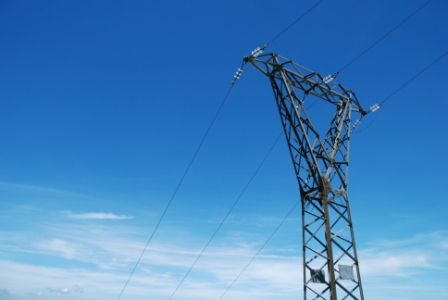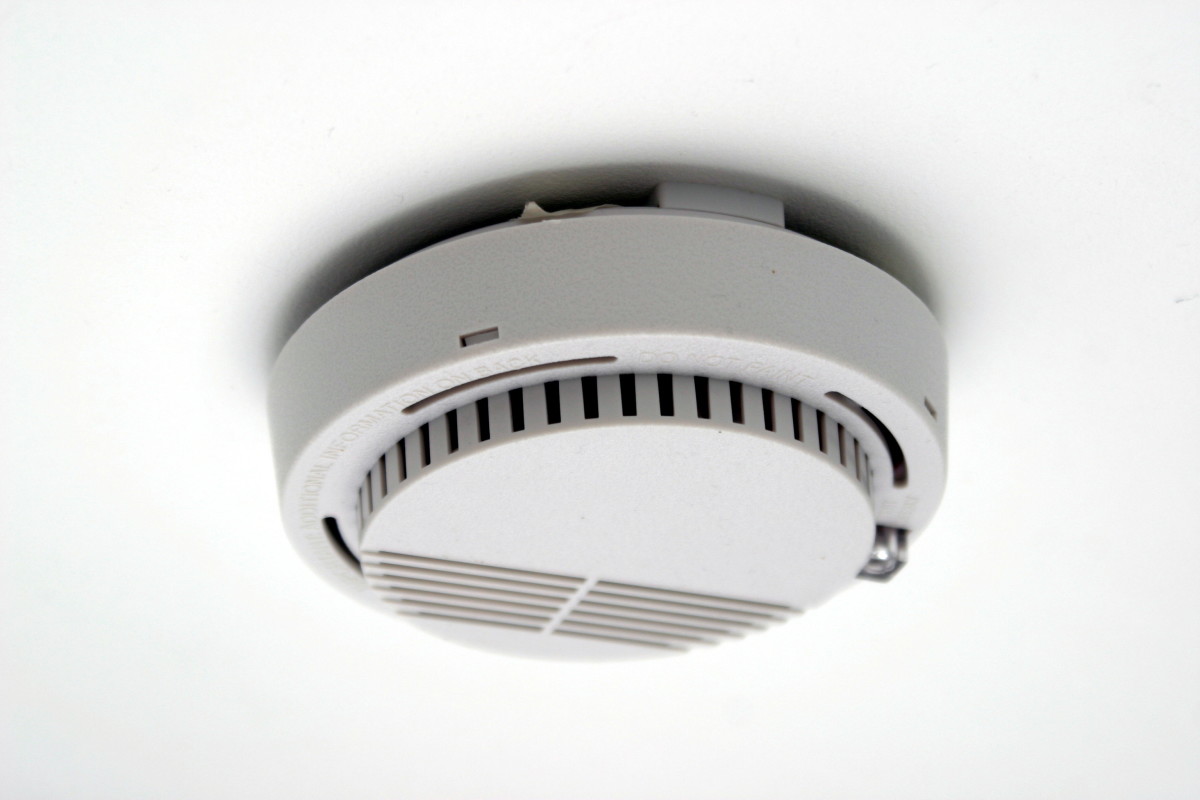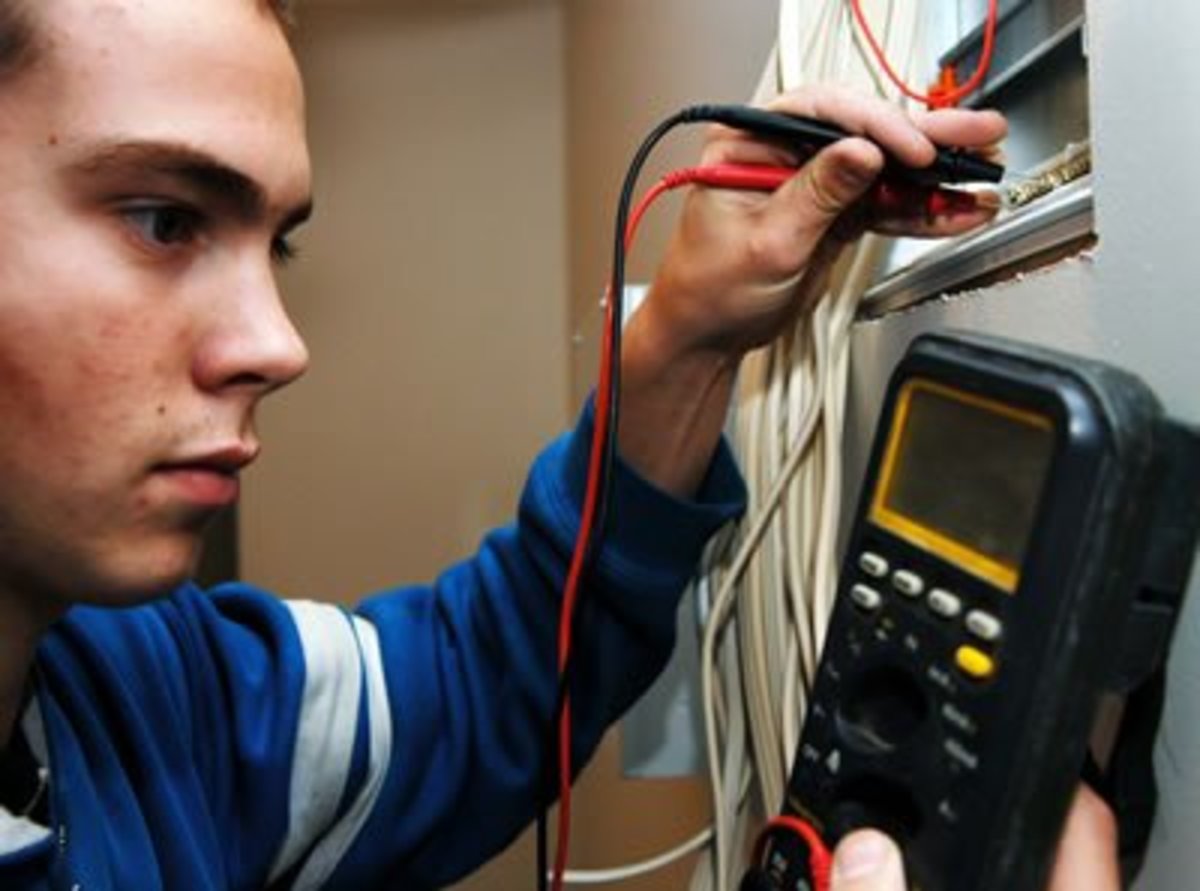How Electrician Training has Changed

In the Good Old Days...
The required electrician training has changed dramatically over the years just as it has for other professions. Whereas “in the good old days” an interested person could hire on as an “apprentice” and work alongside of a “master” to learn certain trades, this has not been the case for electricians for many years. Also, in the case of electricians, the field is getting broader and some of the training is lengthier than it used to be.
Take for instance the training required to become a residential master electrician. It’s a process that can take 6 to 8 years and sometimes longer depending on an individual’s personal situation. Most states require the completion of a two you electrician training program in an academic setting such as a technical school or community college and that’s just the beginning of the journey. Next, the individual must work as an electrician apprentice for a few years. (In some states, they must take a test to earn that title of “apprentice electrician”.) Their next step is to become a journeyman electrician which requires taking a test to be licensed. After working as a journeyman for 4-6 years, the individual can then qualify to take the test to become a licensed, master electrician.
What to Expect Nowadays...
It’s easy to see that this process can take more than 8 years depending on a person’s personal situation. For example, some folks are only able to do the academic training on a part-time basis while they continue to work a full time job; so what should be a two year academic program might take three or four years to complete.
Also, a person may not be able to quit a job they already have until they are making an equal or better wage than they currently have. That might mean they have to work their current job for a while and have a second job part time as an electrician apprentice; if that’s the case, it will take them longer to accumulate the required two years working as an apprentice before becoming a journeyman electrician.
While the aforementioned are only examples, it is still easy to see how the time to becoming a residential master electrician can get dragged out.

Why Requirements are Tougher
The stiffer requirements for becoming a master electrician happened for several reasons—one of which is safety. Another reason is because of the growth in variety of materials used by electricians and the regulations that govern the proper use of various electrical materials, as well as the regulations that mandate the use of certain materials when specific conditions are present.
Technologies have greatly advanced the electrical field which means that electrician training has had to advance to keep up. Yet, for anyone willing to make the personal commitment, becoming an electrician is a smart choice because government statistics (as reported by the U.S. Bureau of Labor Statistics) indicate that the need for electricians will continue to grow for years to come. In fact, the growth rate of jobs in the electrical field is expected to be 23% above the national average job growth rate by the year 2020.
Resources
- Read About Becoming an Electrician
Guide to becoming and Electrician. - Skilled Workers Needed
Apprenticeship is really a college degree








